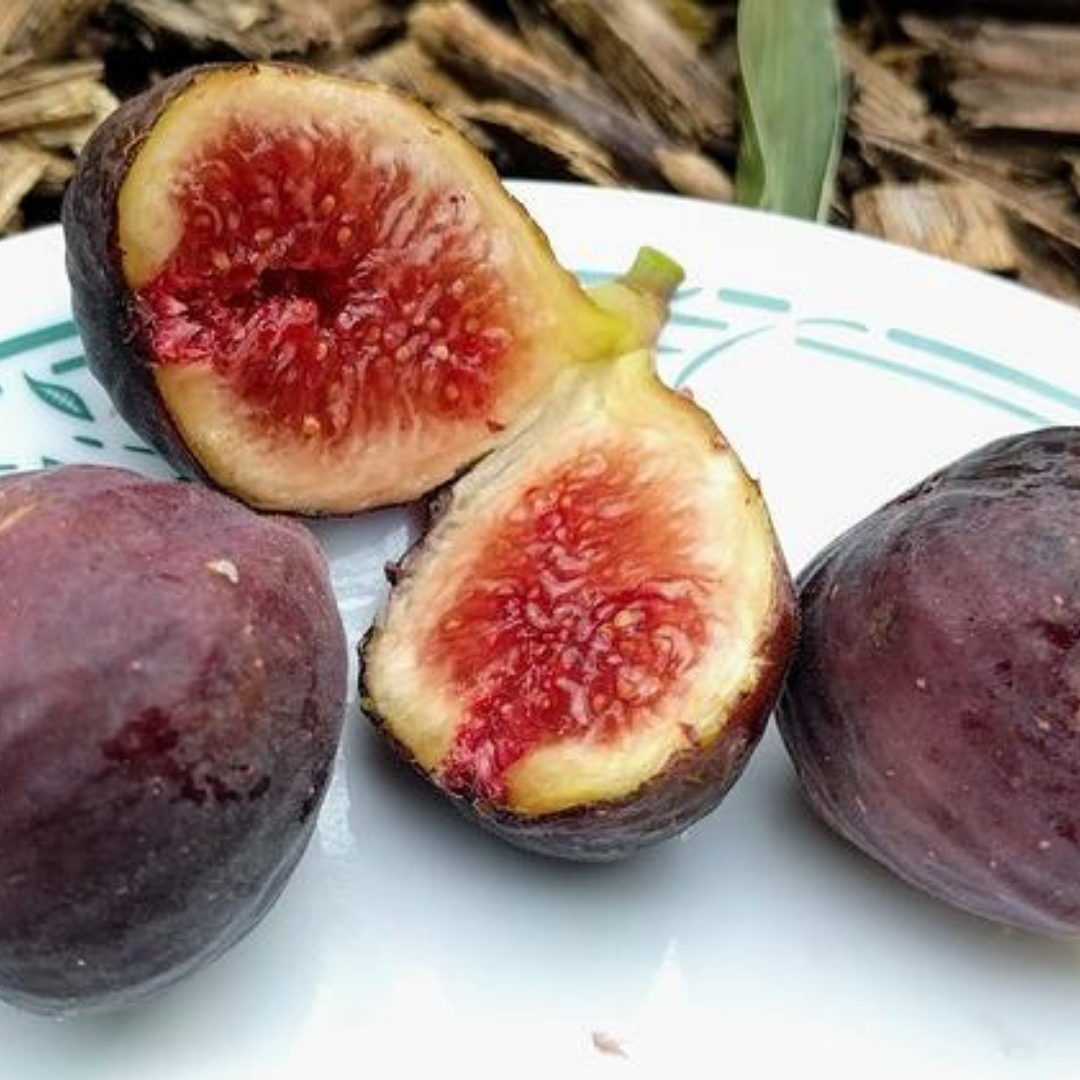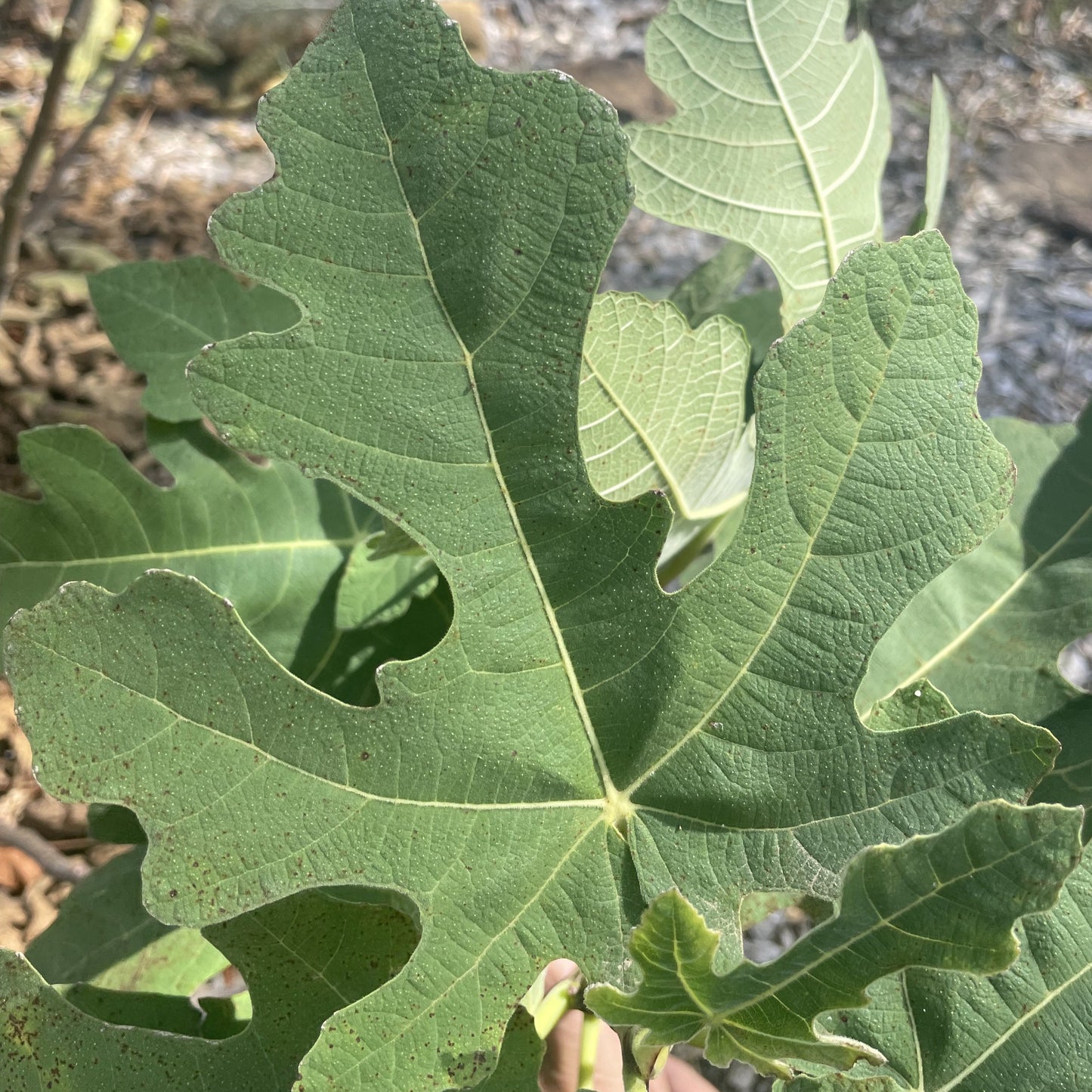The American Fig Company
Takoma Violet (Cuttings)
Takoma Violet (Cuttings)
Couldn't load pickup availability
In this package you will receive 1 cuttings of Takoma Violet.
Takoma Violet is, arguably, the best Mt. Etna type in terms of productivity and flavor.
It was found in Takoma Park, MD by Gene Hosey’s friend Kathleen (the same Kathleen as Kathleen’s Black). She got it from an elderly German lady who lived nearby in the summer of 2001. Gene Hosey’s description: ʺIt is a medium to small fig with a rich taste, and one of the most winter hardy I have. It ripens its fruit over a long period starting in early August to the end of September.ʺ
It is unusual among Mt Etna types in that it also sets a good breba crop. According herman2 the brebas have resisted temperatures of 10F for several days. Main crop figs develop a violet color when properly ripened under dry conditions, taking about 80 days to ripen. Fruits are very rich and tasty, even under rainy conditions. Notable in that it will produce good fruit year after year, even in poor weather conditions. Well adapted to the mid-Atlantic, Northeast, and reportedly the South. Even after ground kill it is able to fruit the same year, on time, as it did following the Polar Vortex of winter 2013/2014.
It is sometimes misspelled as “Tacoma”, which is incorrect. I’ve made this mistake myself.
Please watch our instructional videos on the "Fig Care Series" page before attempting to root.
Latin Name: Ficus carica
Site and Soil: Figs like 1/2 day to full sun and well-drained soil.
Pollination Requirements: self-fertile.
Hardiness: Figs are hardy to between 0° & 5° F with winter protection
Bearing Age: 1-2 years after planting
Size at Maturity: 8-10 ft in height, smaller with pruning.
Bloom Time: Flowers are not noticeable as they are inside the fruit
Ripening Time: late July – early August
Yield: 10-15 lbs. or more per plant
Pests & Diseases: Figs are not bothered by pests or diseases in our region. Cover plants with netting if birds are a problem.
USDA Zone: 6
Share


Featured Review
"Great! Great! Great! Great! Great!"
✰✰✰✰✰
- JARREN -

